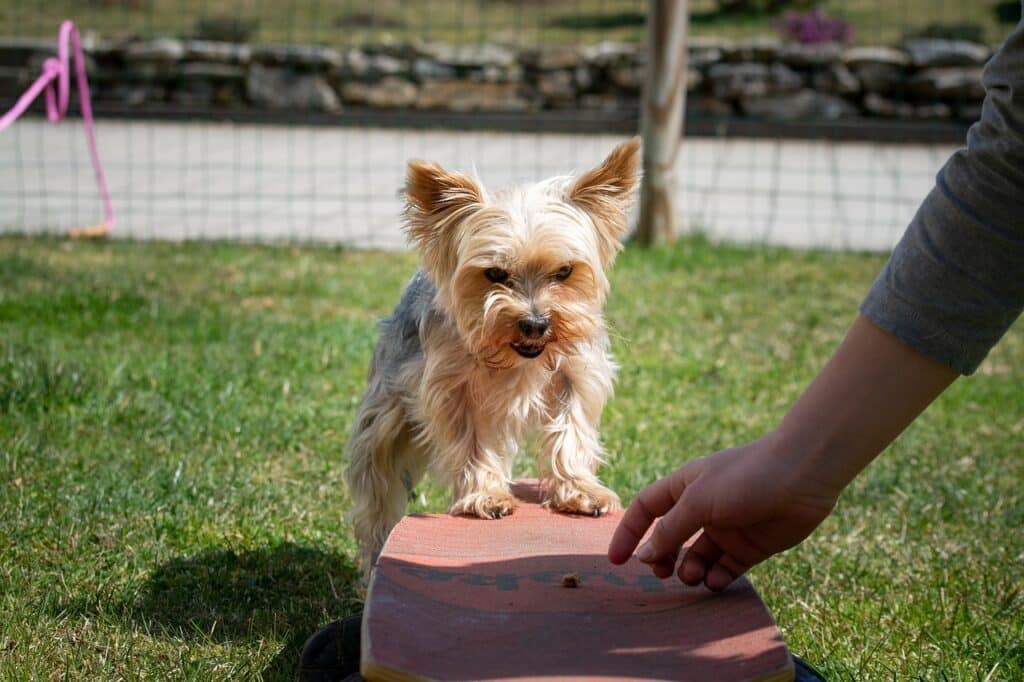
Obedience training is an essential part of responsible dog ownership and care. It not only enhances the bond between the owner and the pet but also contributes significantly to the mental stimulation and physical well-being of the dog. Training your dog to follow basic commands helps in managing their behavior and ensures they act appropriately, making them more sociable and adaptable to various environments.
One of the primary reasons for obedience training is safety. A well-trained dog responds to commands, which can prevent it from running into traffic or getting into dangerous situations. For instance, teaching a dog to come when called can save it from potential danger. Similarly, commands like “leave it” or “drop it” are crucial when your dog picks up something harmful. Thus, obedience training can be life-saving for your pet.
Obedience training also makes everyday life simpler and more enjoyable for both the dog and the owner. A trained dog behaves better, making experiences like walks, vet visits, or simply spending time together at home more pleasant. Dogs that pull on the leash, keep jumping on guests, or don’t listen to their owners can be stressful to handle. Dog training helps mitigate these issues and leads to a more harmonious household.
Furthermore, obedience training is a form of mental exercise for dogs. Just like humans, dogs also need mental stimulation to stay sharp and happy. Learning and practicing new commands and tricks provide this stimulation. It keeps them engaged and wards off boredom, which can lead to destructive behaviors. Training sessions can also be a great way for dogs to expend their energy.
Lastly, obedience training strengthens the bond between the dog and its owner. It improves communication and understanding, fostering mutual respect. When a dog understands what is expected and how to communicate with its owner, it builds confidence and trust. The time spent together during training sessions provides quality bonding time, enhancing the companionship between you and your pet. In essence, obedience training contributes to a happier, healthier relationship with your dog.
Obedience training is essential for every dog to ensure they are well-behaved and safe. Here’s a step-by-step guide on how to obedience train your dog:
1. Start with Basic Commands:
Begin with simple commands such as “Sit,” “Stay,” “Come,” “Down,” and “Leave it”. These basic commands form the foundation of any good behavior training program.
2. Use Positive Reinforcement:
Always reward your dog for following a command. This can be in the form of treats, praise, or petting. The idea is to make obeying commands a positive experience for your dog.
3. Be Consistent:
Use the same words and gestures each time you give a command. Being consistent will help your dog understand what you want them to do.
4. Train Regularly:
Short, regular training sessions are more effective than long, infrequent ones. Aim for 5-10 minutes a few times a day.
5. Gradually Increase Difficulty:
Once your dog has mastered a command in a quiet room, try training in an environment with more distractions.
6. Patience is Key:
Remember, training takes time and patience. Don’t get frustrated if your dog doesn’t catch on right away. Keep the training sessions upbeat and positive.
7. Socialize Your Dog:
Exposing your dog to different people, environments, and other animals to help them learn how to behave in various situations.
8. Avoid Punishment:
Punishing your dog for not obeying a command can create fear and confusion. Instead, use positive reinforcement to reward the behaviors you want.
9. Consider Professional Help:
If you’re having trouble training your dog, consider hiring a professional dog trainer or taking obedience classes.
Remember, every dog is unique, and they may require different training techniques. What works for one might not work for another. It’s important to be patient and consistent and to make the training process a positive experience for your dog.



